Pottery, in general, has been one of the iconic and tangible artforms throughout the entire world. Vases and clay figures are found throughout the several ancient civilisations. India, like the Egyptians, the Mesopotamians and the Chinese to name a few has had a rich history of Pottery and sculpture traditions.
The earliest evidence of pottery has been found in Mehrgrah, once part of the Indian union. The cultural art still thrives in the subcontinent, especially in India, Bangladesh, Pakistan, Nepal and Srilanka. Due to the divergence and distribution throughout the subcontinent, Pottery has evolved into a distinct art form and has led to an evolution of different styles of pottery.
Of the styles available, Unglazed pottery is the oldest form of pottery practised in India to date. The pots and vessels are usually made of red mud/clay and baked to give a rich vibrant terracotta colour to the vessel. The artisans who practice this form usually pass the craft in a very traditional Father to Son teaching.
I had visited a small village far from the city of Chennai where still to date such art crafts are thriving. It was refreshing to see in the world of mechanisation and robotic driven production, A potter manually spinning his wheel. As he masterfully crafts lamps for the upcoming diwali season, He discusses the trade and shows us how these art forms are still relevant today and I will try telling his story to you, My Dear Steemians
The Story
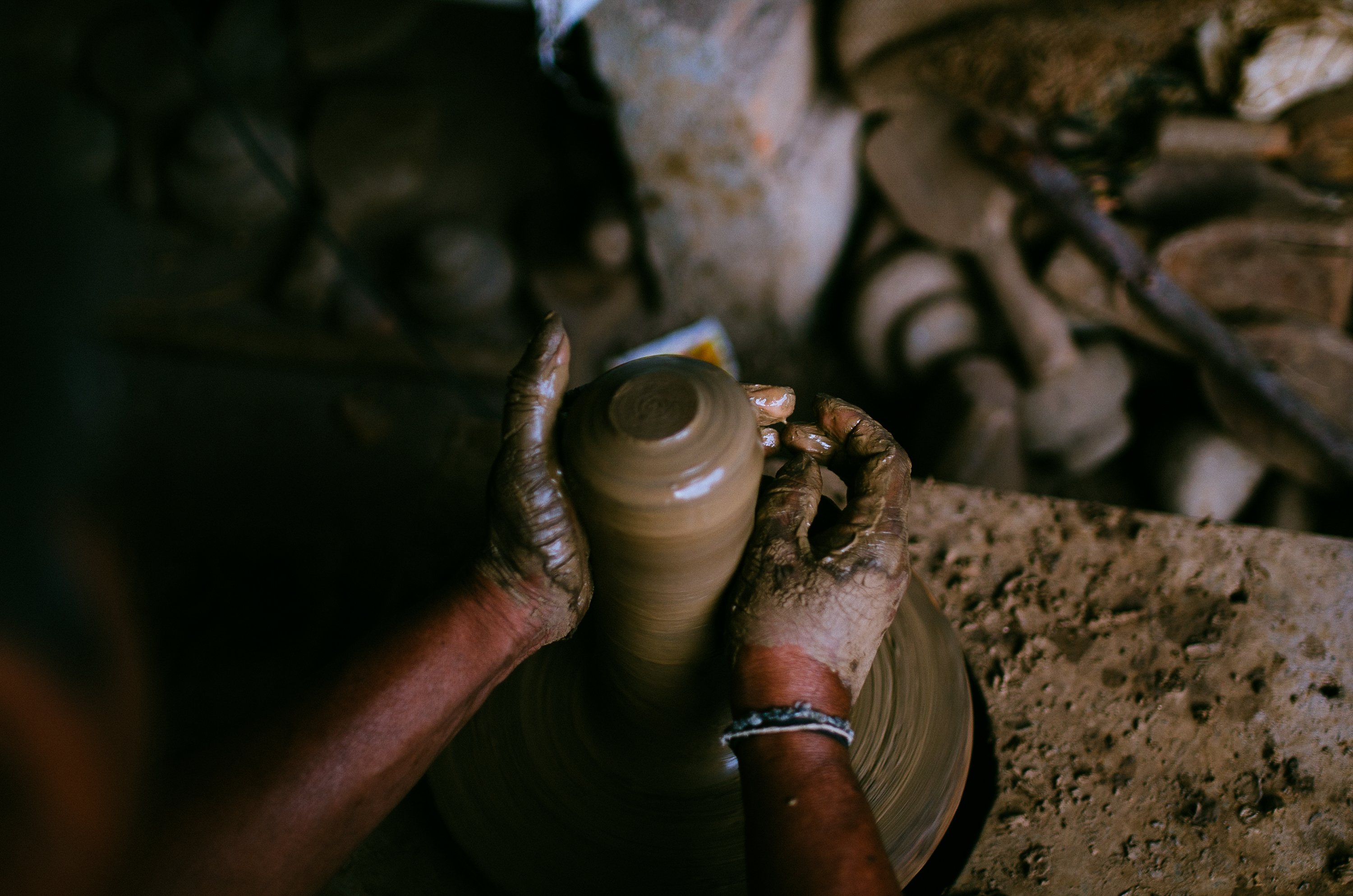
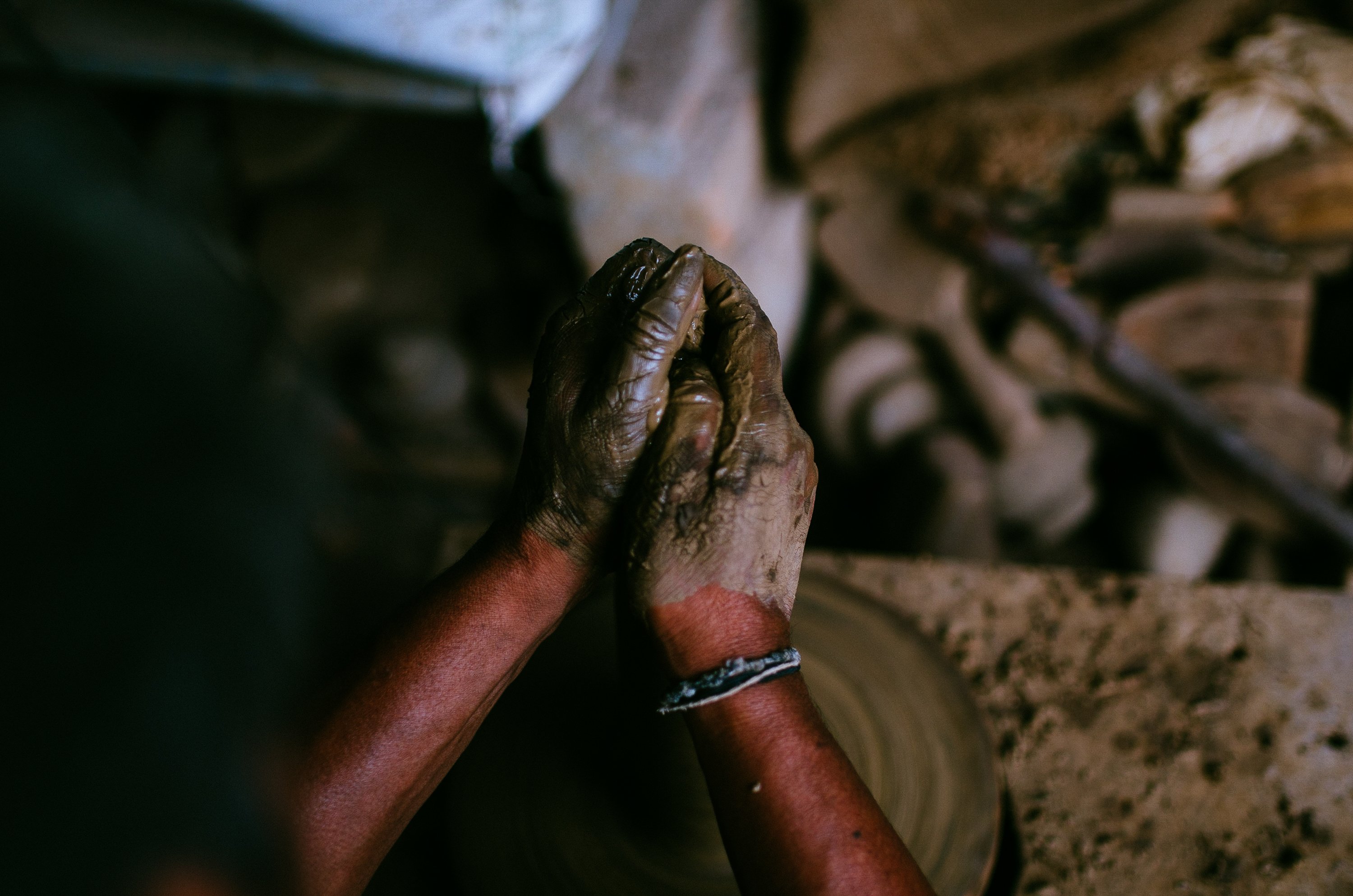
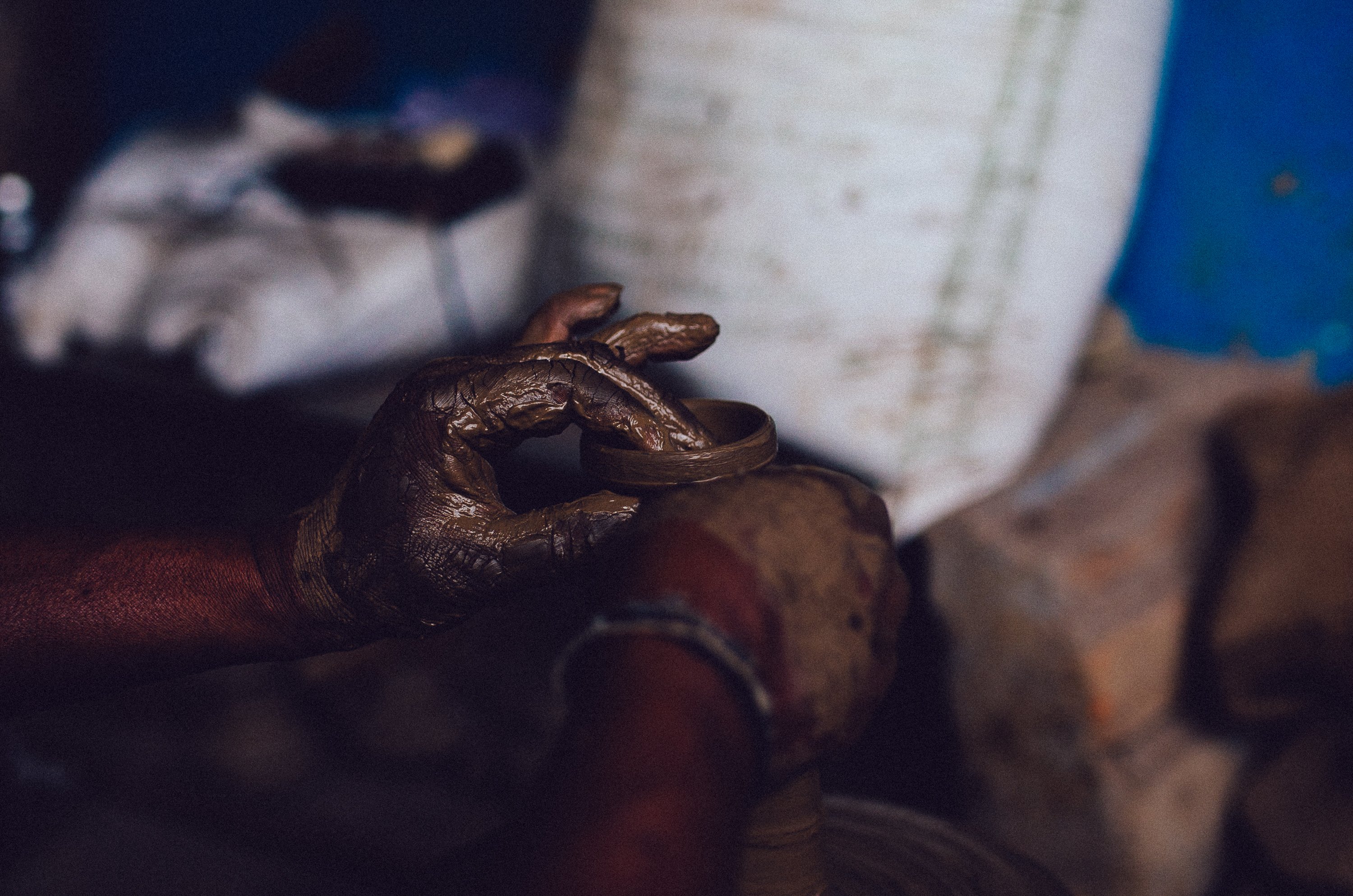
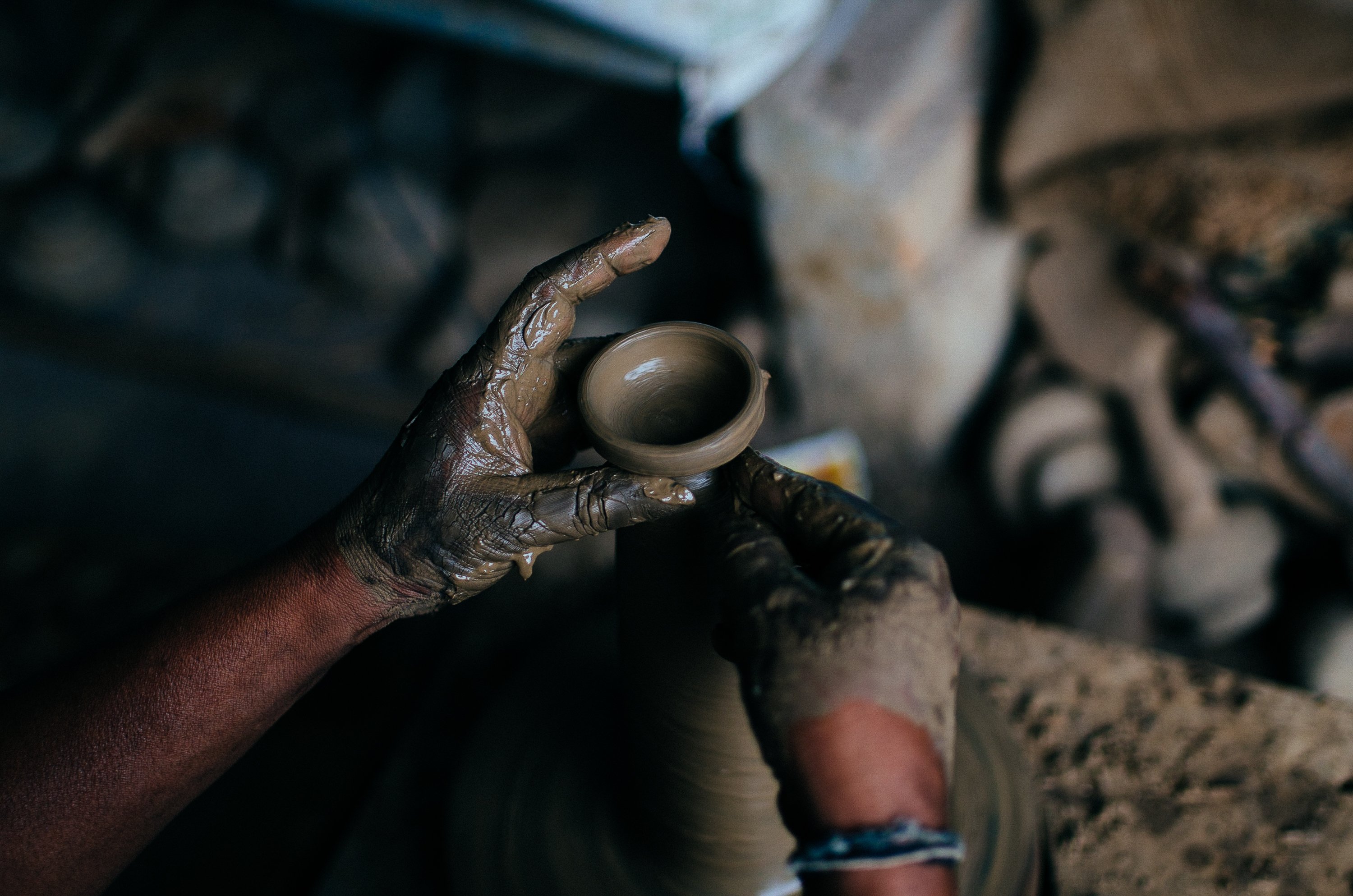
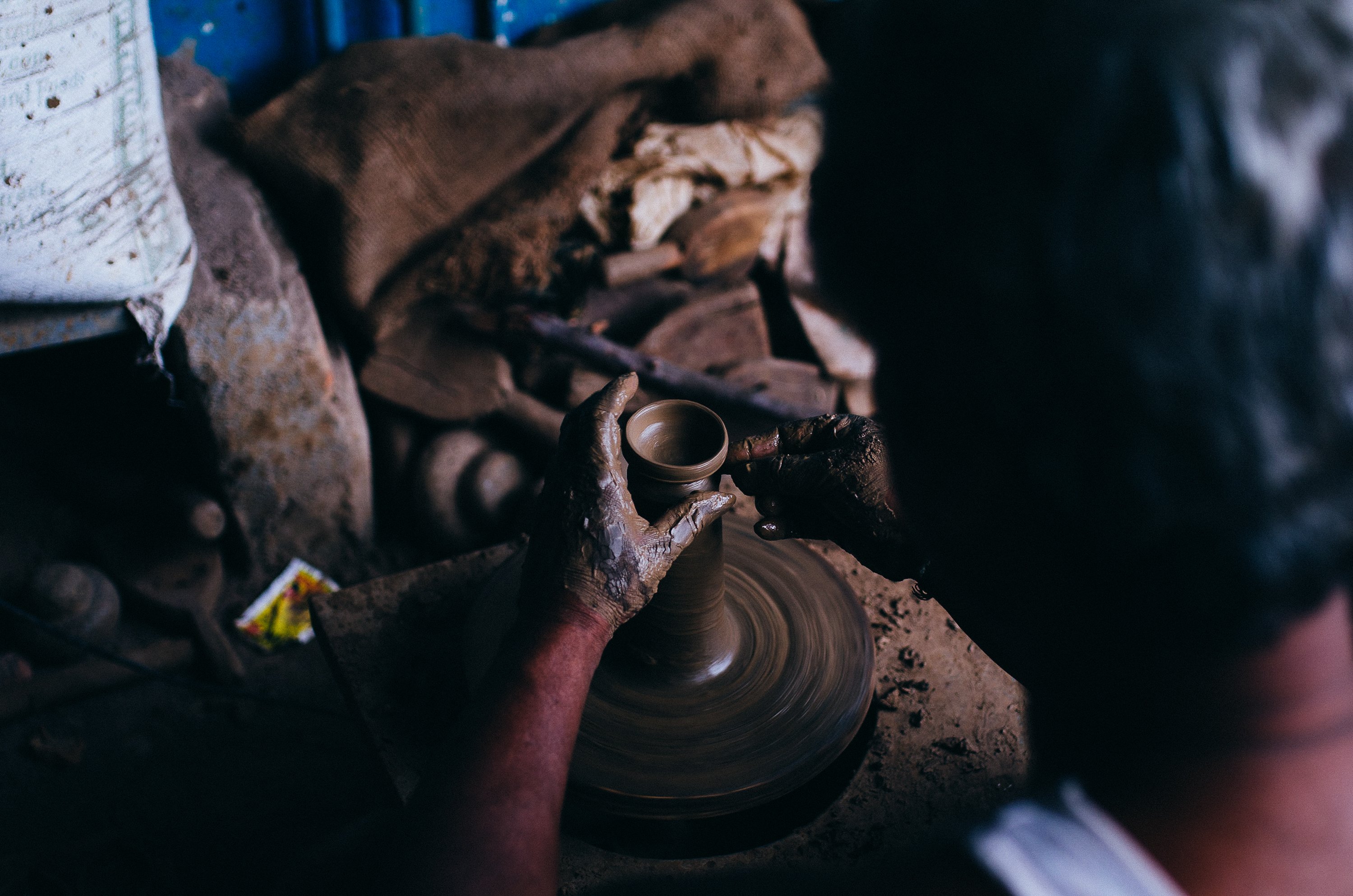
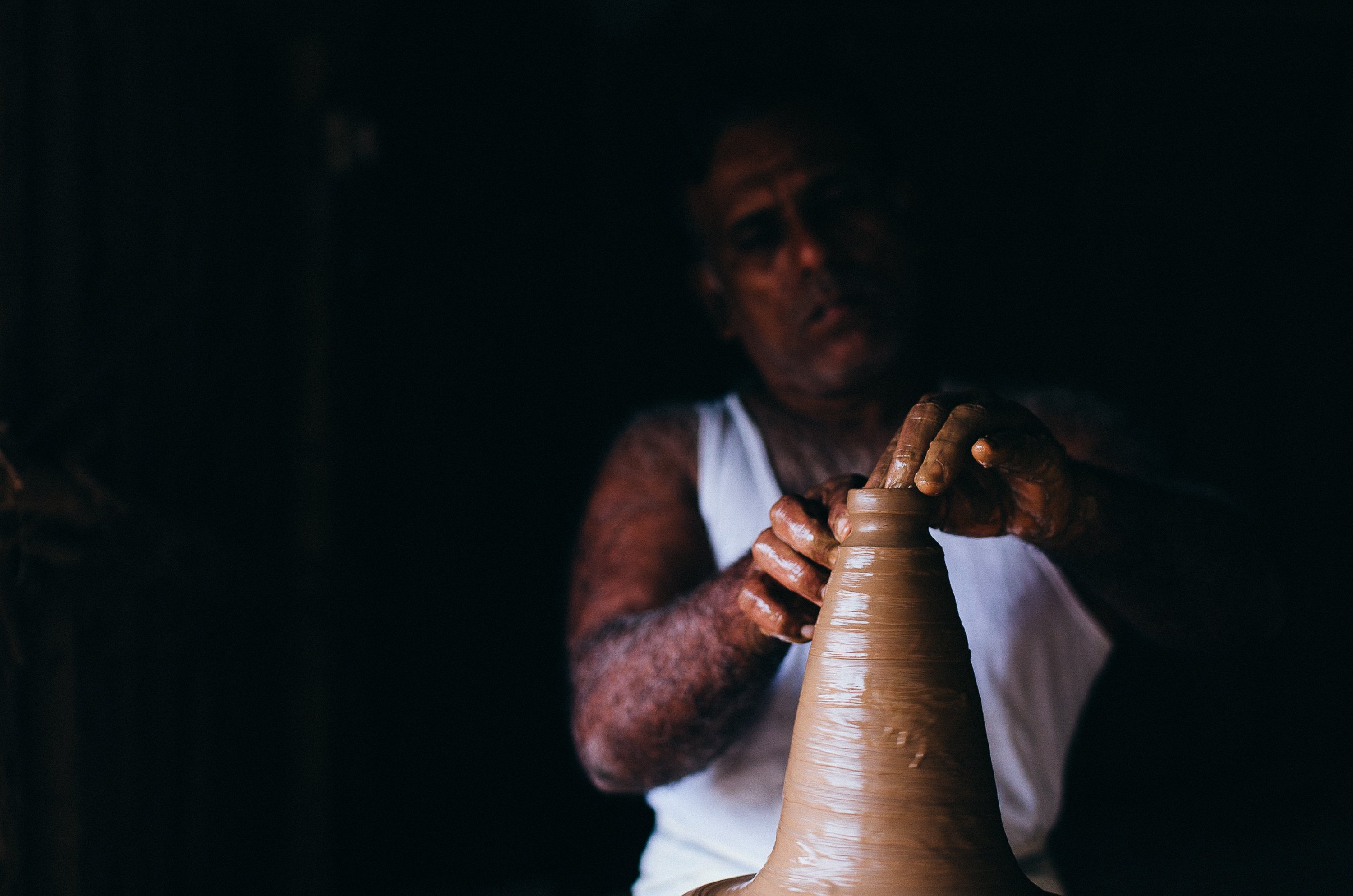
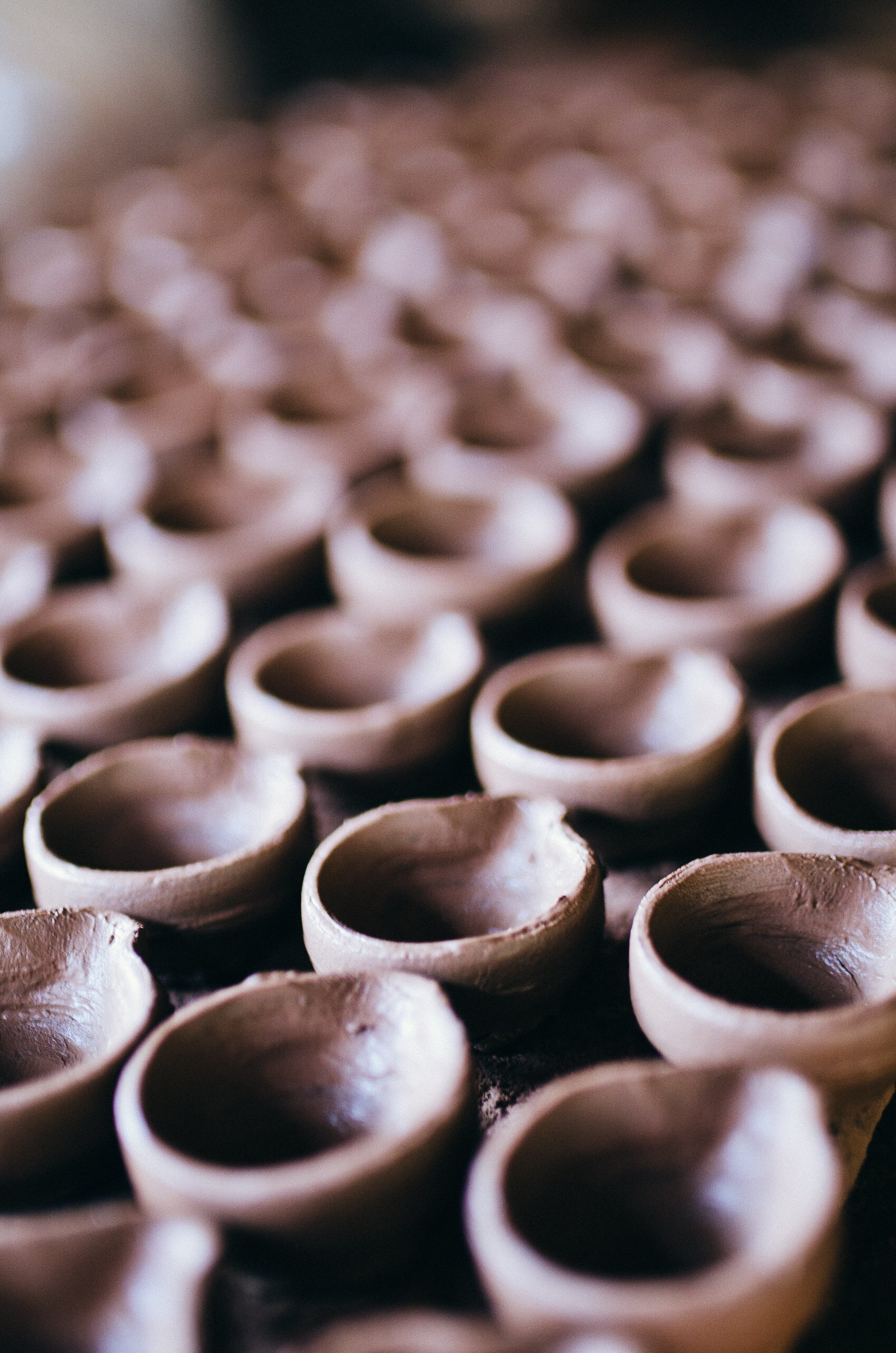
Traditional festivals like Diwali use such baked clay lamps to hold oil and burn them into lamps. It has been and still is used widely as an offering to the gods during worship. If you ever travel to India and go to Kerala, You could see temples adorned with holders for such clay lamps. During the festivals, they are all lightened and it looks extremely beautiful.
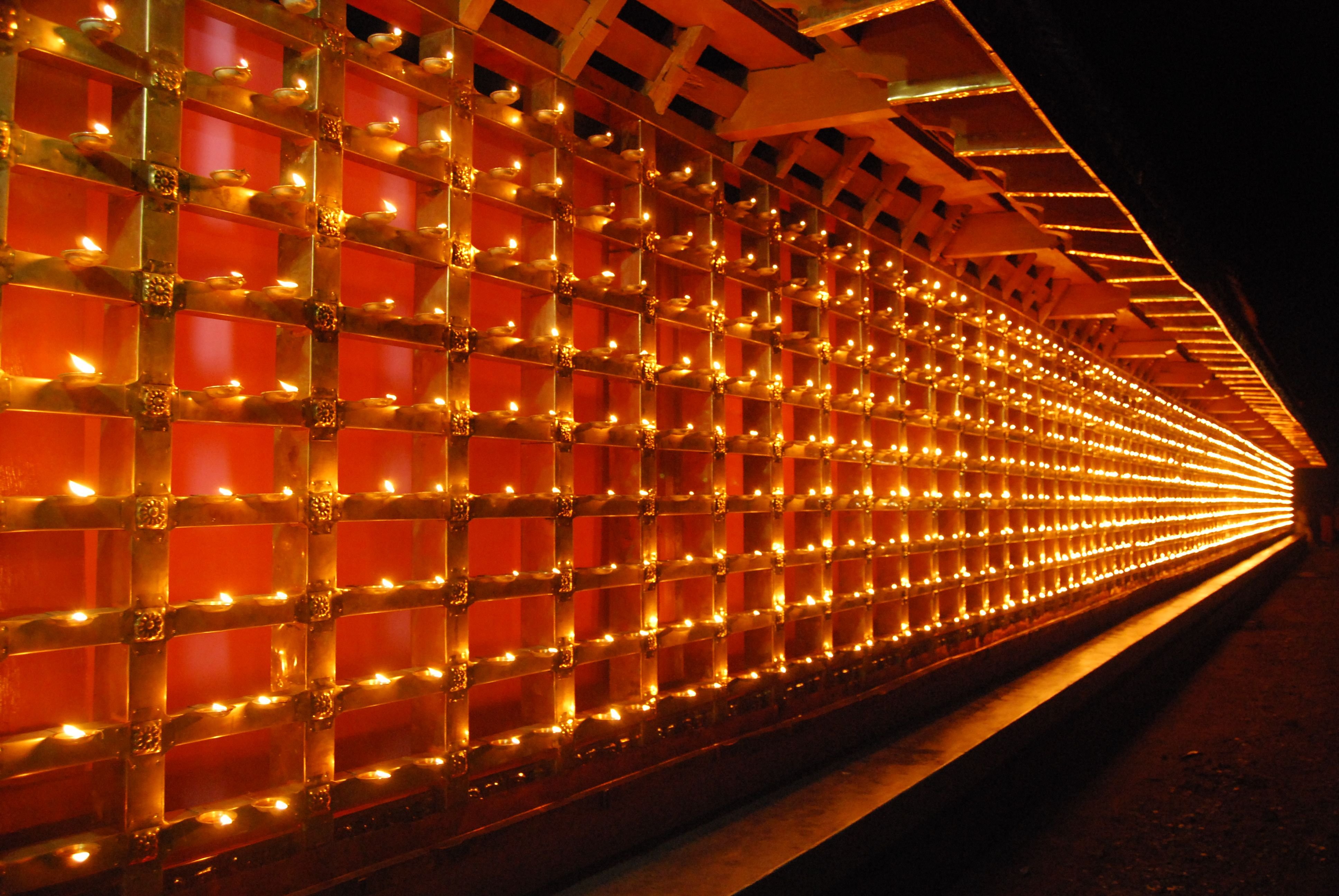
I would like to thank members of the #Culturevultures community for their amazing support on my previous article.
The usual pops and shout-outs to @sweetsssj @timsaid @deanliy @slowwalker for their amazing posts from all around the world.
Thanks for your comments @shellyduncan @countrygirl @sweetpea @victorbz @victorgphoto. @ygren, Thanks for translating my Indian mythology post in Chinese I will share with my chinese friends here in Sweden.
I would like to call out steemians from #India specially @firepower @aishwarya keep up your good posts
!steemitworldmap 12.820260 lat 79.824174 long
If you like this article, Please consider to Upvote, Follow ( @harshameghadri ), Resteem.

